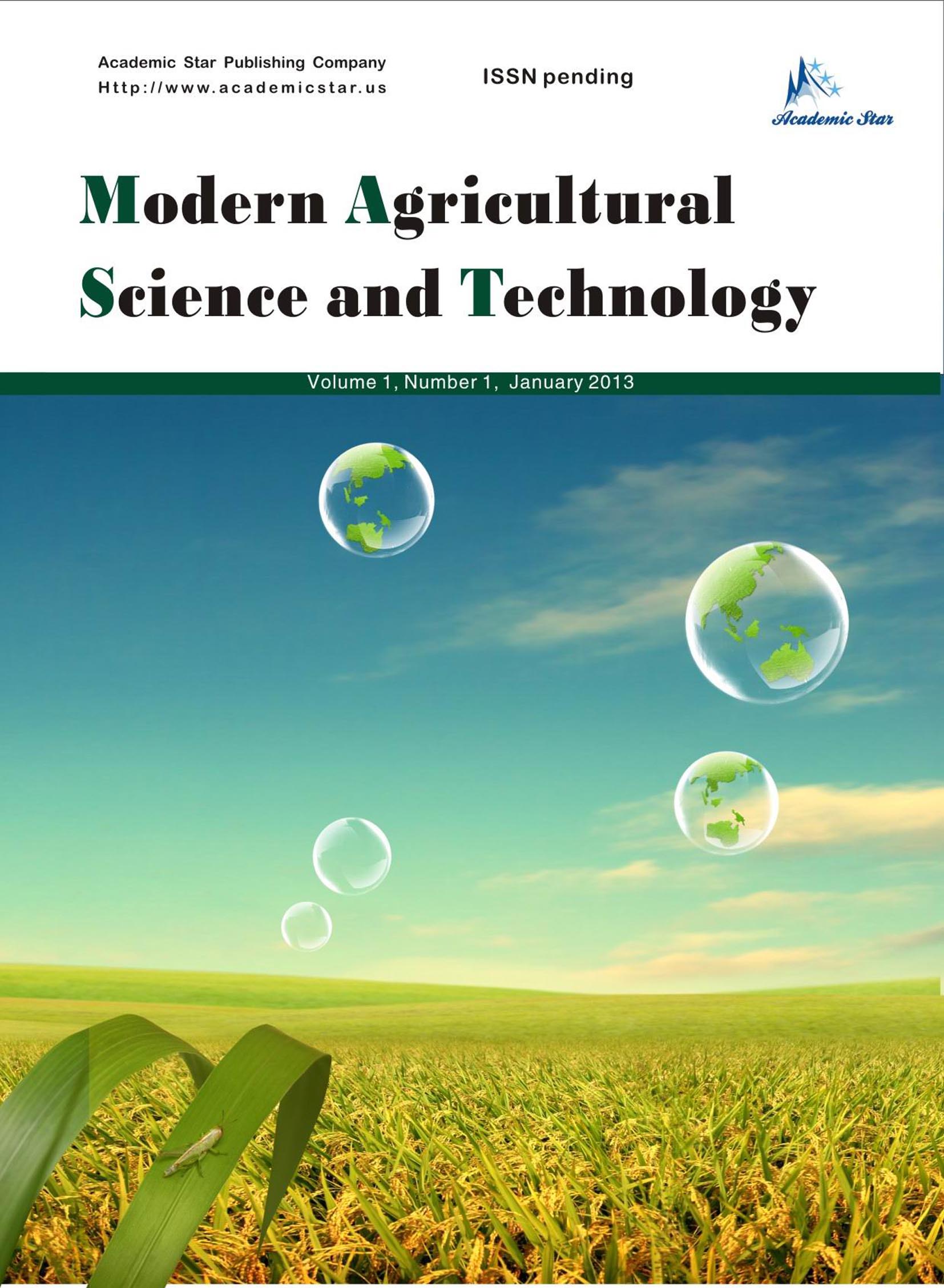
- ISSN: 2375-9402
- Modern Agricultural Science and Technology
Biology and Management of Glyphosate-Resistant and
Susceptible Italian Ryegrass Phenotypes from a
Segregating Population
Charles W. Cahoon1, Aman Chandi3, and Abigail B. Haselton1
3. DuPont Crop Protection, Newark, DE 19711, USA
Abstract: Glyphosate-resistant (GR) Italian ryegrass is a major weed in both annual and perennial crops in the United States. A segregating population of GR Italian ryegrass collected in North Carolina during 2009, and vegetative propagation (cloning) technique was used to identify and isolate GR and glyphosate-susceptible (GS) phenotypes to compare: level of resistance following glyphosate application; early season interference from GR and GS phenotypes with barley, oat, cereal rye, and wheat; effect of drought stress on GR and GS phenotypes; and response of both phenotypes to POST herbicides. The GR50 (glyphosate rate providing 50% reduction in tiller dry biomass) was 3.2 times greater with the GR phenotype compared to GS phenotype. Interference with crop growth did not differ between GR and GS phenotypes. Although tiller count and biomass of Italian ryegrass grown with the crops did not differ between phenotypes, height reduction was greater for the GR phenotype compared with the GS phenotype. Response of Italian ryegrass and wheat to drought stress did not differ by Italian ryegrass phenotype. Control of Italian ryegrass by herbicides was similar when comparing GR and GS phenotypes. These results indicate that in the absence of glyphosate selection pressure, resistance to glyphosate does not influence the basic biology and management of GR and GS Italian ryegrass.






